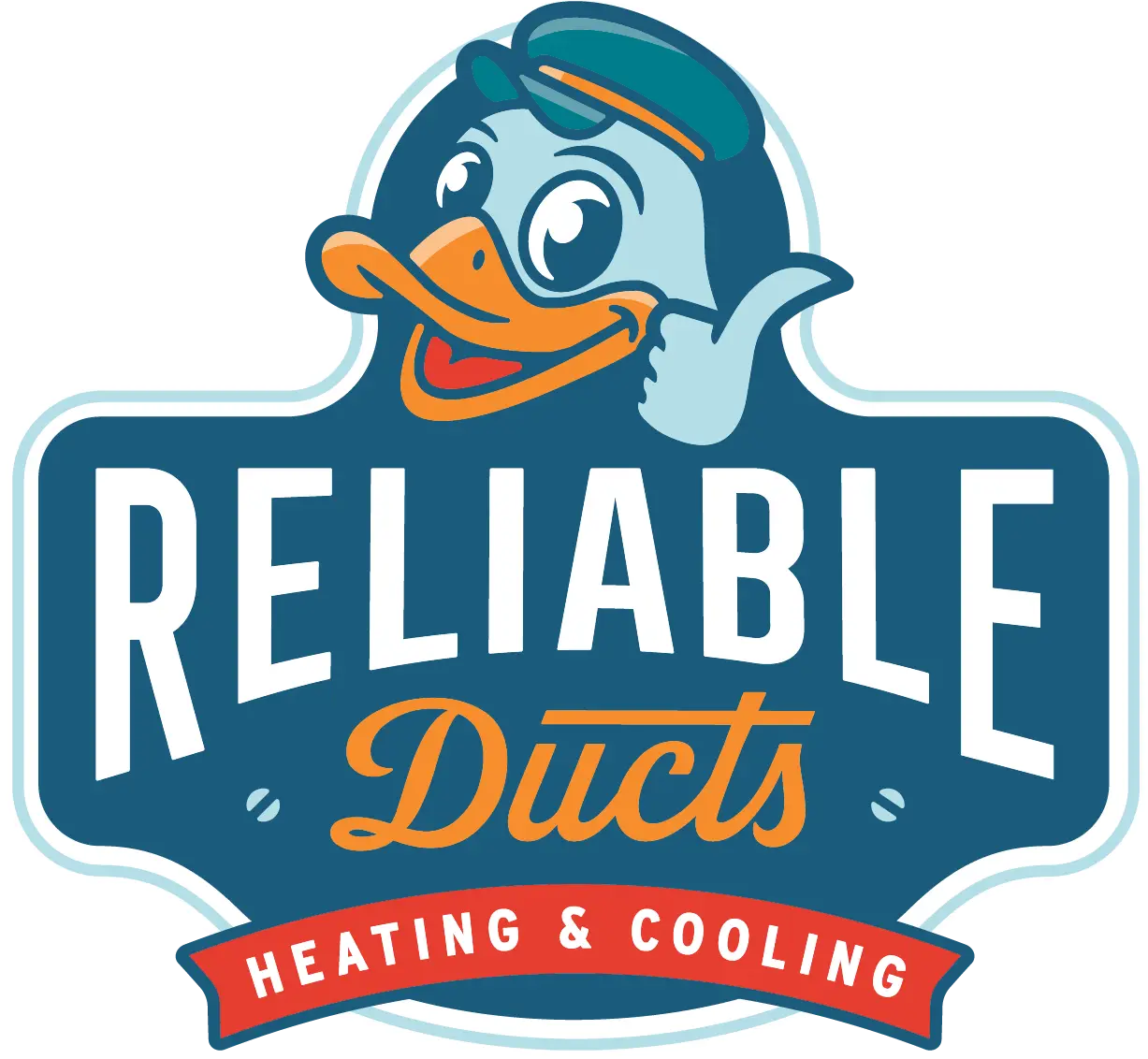Exploring the Positive Environmental Impact of Modern HVAC Systems
[vc_row][vc_column][vc_column_text]Heating, ventilation, and air conditioning (HVAC) systems are essential for comfort in homes and businesses around the world. Traditionally, these systems have been targets of environmental concerns due to their high energy use and refrigerant emissions. However, advancements in technology and increased awareness of environmental issues have led to innovative changes. Today’s HVAC systems are […]
Do Open Windows Increase Indoor Air Pollution?
[vc_row][vc_column][vc_column_text]Our health and wellbeing are significantly impacted by the quality of the air within our houses. Many homeowners believe that opening windows to let in fresh air is beneficial, but concerns about whether this can actually increase indoor air pollutants are valid. This blog explores the effects of open windows on indoor air quality and […]
Do Open Windows Increase Indoor Air Pollutants?
[vc_row][vc_column][vc_column_text]It’s a common belief that opening windows can freshen up a home by letting in fresh air and dispelling stale, indoor air. However, many homeowners wonder if this practice might actually increase indoor air pollutants. Let’s delve into how open windows affect indoor air quality and what factors you should consider to keep your indoor […]
Do Ceiling Fans Really Cool Down Rooms?
[vc_row][vc_column][vc_column_text]Ceiling fans have long been a staple in homes across various climates, lauded for their ability to enhance comfort during warmer months. However, a common question persists: Does running a ceiling fan actually keep the room cooler? The short answer is no, but the full explanation reveals how ceiling fans play a crucial role in […]
The Crucial Importance of Air Quality Tests for Your Health and Environment
[vc_row][vc_column][vc_column_text]In the hustle and bustle of our daily lives, the quality of the air that envelops us goes unnoticed, yet it plays a pivotal role in our overall well-being. Air quality tests are not just a luxury or an over-the-top health measure; they are an essential tool that can significantly impact our health, the well-being […]
5 Essential HVAC Troubleshooting Tips Every Homeowner Should Master
[vc_row][vc_column][vc_column_text]Your HVAC (Heating, Ventilation, and Air Conditioning) system is a vital component of your home, especially when it comes to maintaining comfort throughout the year. However, like any complex system, HVAC units can encounter issues from time to time. Knowing how to troubleshoot common problems can save you time, money, and discomfort. Homeowners should be […]
Illuminating Clean Air: How UV Lights Revolutionize HVAC Systems
[vc_row][vc_column][vc_column_text]In the ever-evolving quest for superior indoor air quality, innovative solutions are continuously being explored to combat airborne contaminants effectively. Among these solutions, UV lights have emerged as a powerful tool, offering a proactive approach to air purification within HVAC systems. Let’s delve deeper into the transformative potential of UV lights and their impact on […]
Finding Your Optimal Sleep Temperature for Better Rest: A Guide
[vc_row][vc_column][vc_column_text] Achieving a restful night’s sleep is crucial for overall well-being, and one often overlooked factor is the temperature of your sleep environment. As HVAC specialists, we understand the importance of finding your optimal sleep temperature. This article will explore how different temperatures can impact sleep quality and provide tips on discovering your perfect sleep […]
Exploring the Array of Air Conditioning Filters for Your Home
[vc_row][vc_column][vc_column_text]Air conditioning filters play a crucial role in maintaining indoor air quality and the overall efficiency of your HVAC system. They help with catching dust, pollen, pet dander, and other airborne particles so that your house isn’t filled with them. With various air conditioning filters available, choosing the right one can be overwhelming. In this […]
Considering Aluma flex or Rigid Metal Ductwork for Your House
[vc_row][vc_column][vc_column_text]When installing ductwork in your home, choosing the suitable material is crucial for ensuring optimal HVAC system performance, energy efficiency, and indoor air quality. Two standard options for ductwork are rigid metal and Alumaflex. Every material offers a unique set of benefits and things to keep in mind. In this article, we’ll explore the differences […]
